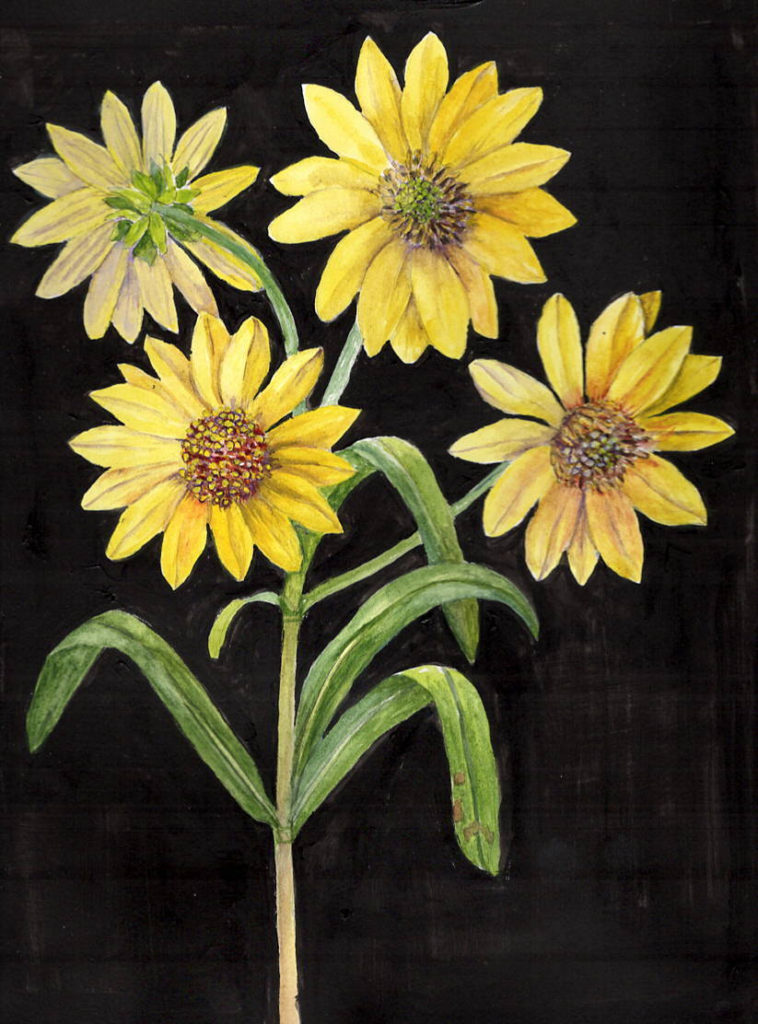After decades of gardening, I’m still surprised at the explosion of energy that sunshine causes. In spring, of course, when the skies turn from winter grey to brilliant sunny blue, plants seem to just jump out of the ground. (I’m also still amazed at how much plants want to grow!)

But putting a plant in the right environment is critical to its health and success. And, let’s define “success” here from the plant’s perspective and not the gardeners’. Success, for a plant, means being able to reproduce. Fortunately for the gardener, this can also be defined as success as bright, big blossoms almost always lead to an abundance of seeds. It can also be defined as pollinator success because sun loving flowers form the bulk of the favorite pollinator plants.
“Shade tolerant” does not necessarily mean that a particular plant will thrive and reproduce without sufficient full sun hours. The sun loving plants that I’ve put in my shady backyard, hoping that they will do well anyway, just don’t. My grandmother’s peonies languished and almost died out before I carved out a space for them in the front where sunshine renewed and reenergized them.

Unfortunately, this sun to shade ratio is having a tremendous and detrimental impact on many, many of our native plants. Many of the native ecosystems of the Southeast were sunny grassland areas kept open naturally by fires started by lightning or by herds of grazing animals. The ecosystems evolved based on these periodic disturbances and sun loving plants settled in and called it home.
But then people moved in, fragmented the open areas, stopped the natural fires and pushed the wild grazing animals into small pockets of land. Without these natural disturbances, woody shrubs and vines began to grow in the grassland areas, eventually shading out our sun loving plants. And, many of these shade producing plants, such as Chinese privet, nandina, and autumn olive are also some of the most invasive plants, meaning that they spread at alarmingly fast rates.

So the result is the same as in my garden. Without sufficient full sun hours, these plants lose vitality, are unable to bloom and set seed and are in a state of demise. The best tool we have to keep these areas open is fire, set and controlled to keep the woody plants from moving in and creating shade.
There are other ways – mowing (at the right time), hand weeding and even occasionally selective spraying are all methods used to keep a wild grassland area open. In a small space, such as in my garden, hand weeding is by far the best method. But, as a gardener, it’s my responsibility to know what my plants need and to provide for them the best environment possible – and to be realistic about my expectations. If Grandma’s peonies need sunshine, I can’t expect them to succeed in the shade.
Through supporting organizations such as Forest Watch, The Nature Conservancy and the Southeastern Environmental Law Center, who work unceasingly to protect our native plants, we can help maintain environments that support our threatened and endangered species. I do see sunny days ahead.
